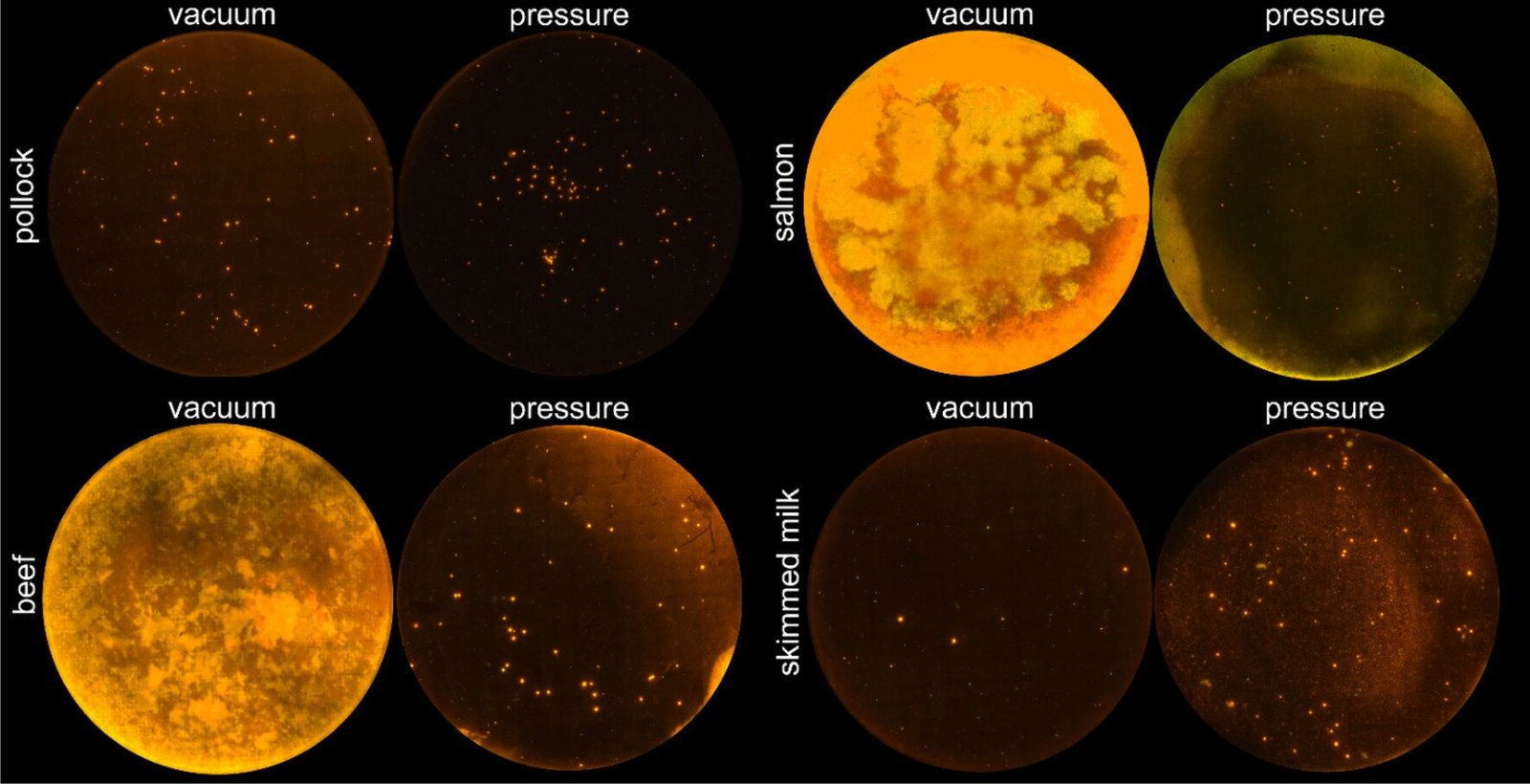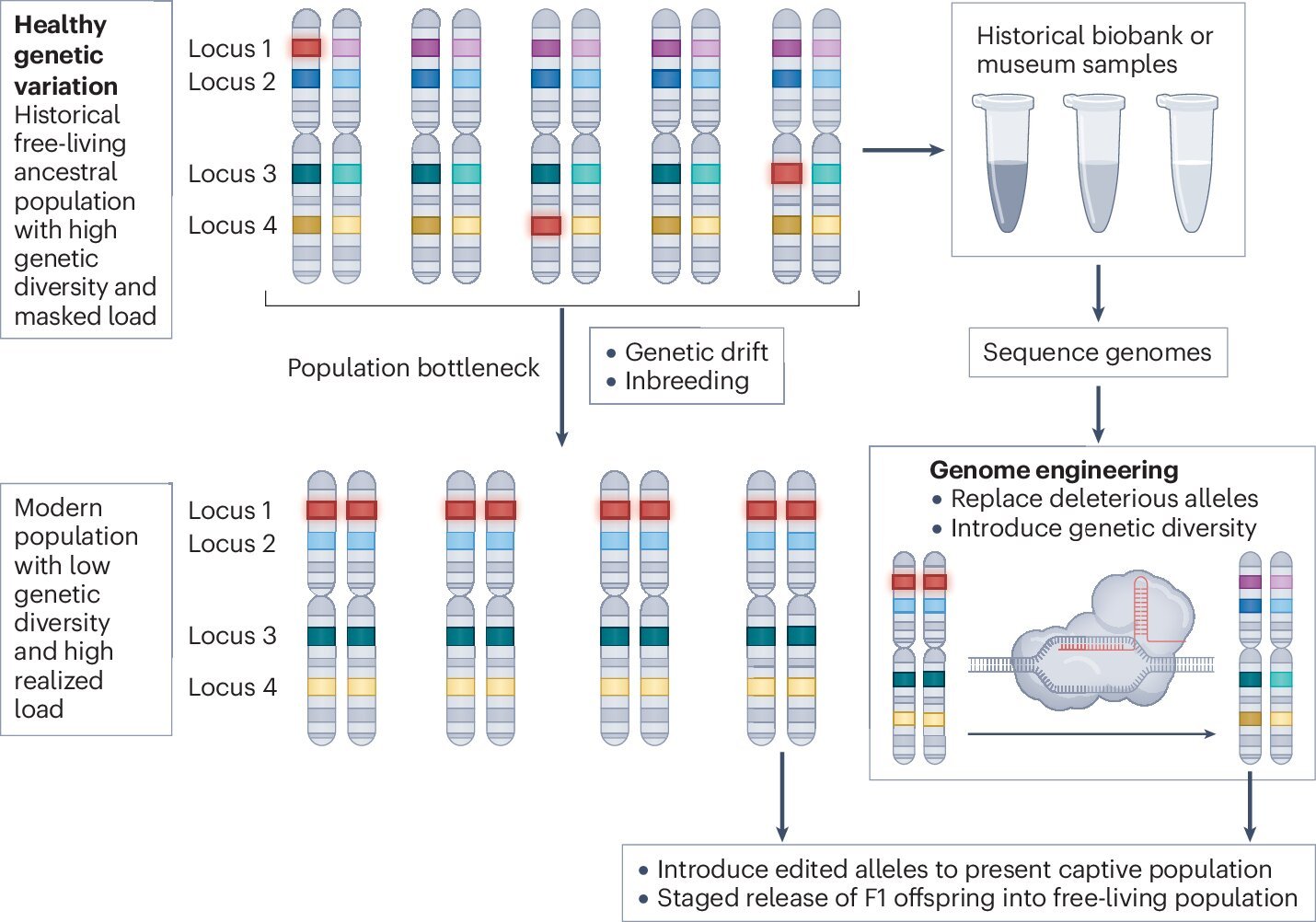
How much microplastic truly ends up in the seafood on our plates? The answer varies significantly because there are no standardized analytical procedures in food monitoring to quantify the amount of tiny plastic particles in fishery products.
Consequently, it is difficult to compare the results of various studies, and it is often unclear how reliable the provided data is. Scientists at the Max Rubner-Institut have adapted methods derived from environmental analysis to make them suitable for quantifying microplastic in seafood. To do so, they had to overcome a number of methodological hurdles.
In order to detect plastic in the edible flesh of seafood, organic compounds such as carbohydrates, proteins and fats have to be removed completely. “But that mustn’t damage the miniscule plastic particles,” says Julia Süssmann, researcher at the Max Rubner-Institut and head of the research project.
Süssmann and her team have developed a special method for treating the samples with enzymes and chemicals to dissolve seafood tissues. Plastic particles are then separated from the liquid by means of pressure filtration. Süssmann’s research is published in Analytical and Bioanalytical Chemistry, Journal of Consumer Protection and Food Safety, and Food Control.
According to previous data, microplastic contents in seafood are low and unevenly distributed. “That’s why we need highly sensitive detection methods,” explains Süssmann.
The total plastic content in a sample can be determined with mass-based techniques. These involve, for instance, heating the sample in an inert atmosphere, causing its decomposition and formation of gaseous products. Based on their signals, scientists can calculate the plastic content of the sample. This method can be used to detect a wide variety of plastic types, such as polyethylene (PE) and polypropylene (PP).

The researchers have also developed a method based on selective plastic staining. By adding a fluorescent dye like Nile red, small, colorless plastic particles that are often difficult to detect with classical light microscopy can be made more visible. The fluorescence of natural particles, such as fragments of shrimp shells or bones, is suppressed by adding a second dye that only stains biological tissue.
In combination with semi-automatic image analysis, microplastic particles can be reliably differentiated from natural ones. In this way, the number, size and morphology of plastic particles in a sample can be characterized.
The fact that plastic objects can be found everywhere did not make the work in the laboratory any easier. Even taking the greatest care, plastic particles can find their way into the samples via laboratory equipment, protective clothing, and the chemicals in use.
“We were therefore very careful not to introduce plastic into the samples ourselves,” says Süssmann. In addition, ‘blank samples’ were tested in parallel with the food samples in order to be able to assess contamination.
The scientists also worked on detecting nanoplastics—even tinier plastic particles. But separating these plastic particles from foodstuffs proved extremely difficult, even after chemical digestion. The nanoplastics clumped together, and some of them adhered to the pores of the membrane filter. Moreover, food components such as proteins and fats superposed plastic signals in the tests. So far, it has not been possible to reliably detect nanoplastics in seafood.
The topic of microplastic is complex and there is still insufficient data on potential impacts. “Microplastic is not a problem restricted to seafood,” says Süssmann. “In the course of our research we have found first evidence of plastic particles in milk, meat, eggs and honey.”
According to the Federal Institute for Risk Assessment, the current state of knowledge indicates that it is unlikely for microplastic in foodstuffs to pose health risks for humans. However, further research, for example on physiological effects and absorption pathways, is still required for scientific assessment.
More information:
Julia Süssmann et al, Nile red staining for rapid screening of plastic-suspect particles in edible seafood tissues, Analytical and Bioanalytical Chemistry (2024). DOI: 10.1007/s00216-024-05296-8
Julia Süssmann et al, Pressure-assisted isolation of micro- and nanoplastics from food of animal origin with special emphasis on seafood, Journal of Consumer Protection and Food Safety (2025). DOI: 10.1007/s00003-025-01543-x
Julia Süssmann et al, Microplastics in fresh and processed seafood – A survey of products sold in Germany, Food Control (2025). DOI: 10.1016/j.foodcont.2025.111565
Provided by
Max Rubner Institute
Citation:
Focus on seafood: Studies reveal how to determine the amount of microplastics in food (2025, July 18)
retrieved 18 July 2025
from https://phys.org/news/2025-07-focus-seafood-reveal-amount-microplastics.html
This document is subject to copyright. Apart from any fair dealing for the purpose of private study or research, no
part may be reproduced without the written permission. The content is provided for information purposes only.




